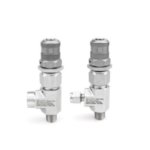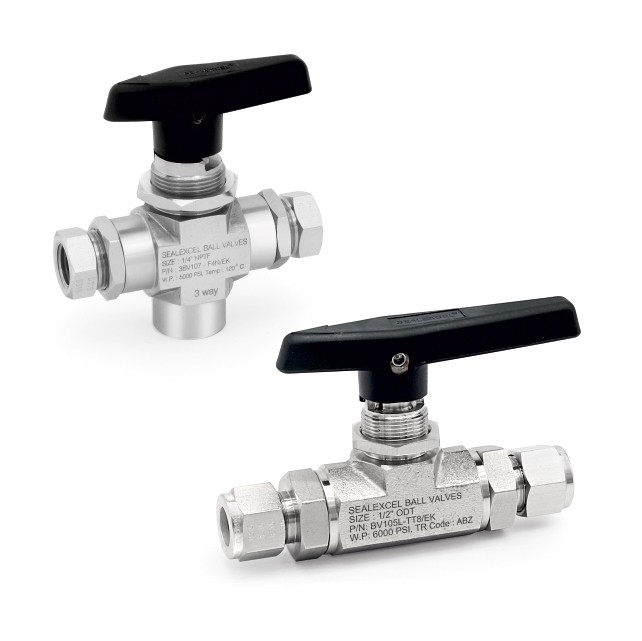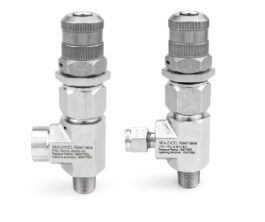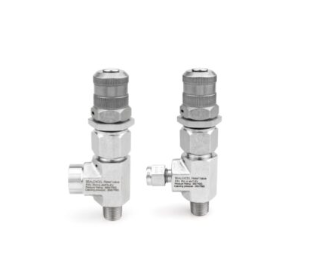
Hydraulic Pressure Relief Valve: Safeguarding Systems and Equipment
December 11, 2023
Water Pressure Relief Valve is the Safety Shield for Your House
March 20, 2025A wide variety of industrial and commercial applications use pressure relief valves (PRVs), which are important safety equipment. They are made to automatically vent extra fluid or gas to a safe location, shielding workers and equipment from the risks of high pressure.
How Pressure Relief Valves Work
Generally spring-loaded, PRVs function according to a straightforward theory. The spring in a system is compressed when pressure increases above a predefined set point, opening the valve and releasing extra fluid or gas. The spring stops the valve from leaking further after the pressure is back to normal.
Types of Pressure Relief Valves
There are many varieties of PRVs on the market, each with special qualities and uses. The following are a few of the most known types:
- Direct-acting PRVs: These valves are appropriate for low-pressure applications and are the most basic kind of PRV. The valve stem is directly operated by a single spring in these devices.
- Pilot-operated PRVs: These valves have a pilot stage that regulates the main valve and are used in higher-pressure applications. Usually a tiny direct-acting PRV, the pilot stage opens when the system’s pressure rises above the set point. This causes the primary valve to open and release surplus fluid or gas.
- Backpressure PRVs: The purpose of these valves is to keep the downstream pressure at a minimum. They have a spring that is preloaded with a particular force. When the downstream pressure drops below this fixed point, the spring closes the valve, stopping the flow.
- Temperature relief valves: The purpose of these valves is to prevent thermal expansion in equipment. Regardless of the system pressure, they are programmed to open at a specific temperature.
Things to Have in Mind While Choosing a Pressure Relief Valve
There are various aspects to take into account while choosing a PRV for a certain application, such as:
- Set pressure: When the pressure reaches the set pressure, the valve will open. Based on the equipment being protected’s maximum allowable working pressure (MAWP), it should be chosen.
- Flow capacity: What the valve can release in terms of fluid or gas is known as its flow capacity. It ought to be chosen in accordance with the system’s anticipated flow rate.
- Discharge pressure: The fluid or gas that will be released from the valve is known as the discharge pressure. The discharge system’s requirements should be taken into consideration when choosing it.
- Material compatibility: Materials suitable for handling the fluid or gas should be used to construct the PRV.
- Environmental conditions: The PRV needs to be appropriate for the installation’s environmental circumstances.
Maintenance and Inspection of Pressure Relief Valves
To make sure they are operating correctly, pressure relief valves need to undergo routine maintenance and inspections. This involves:
- Visual inspection: Look for any indications of leakage, rust, or damage on the valve.
- Functional test: Check that the valve opens and closes at the proper adjusted pressure by testing it.
- Calibration: To be sure that the set pressure is exact, adjust the valve.
- Cleaning: To get rid of any dirt or waste, clean the valve.
Conclusion
PRVs are crucial safety tools that can guard against the risks of high pressure for both workers and equipment. You can make sure that you select the appropriate valve for your application by being aware of the many types of PRVs and the considerations to take into account when making your choice.


